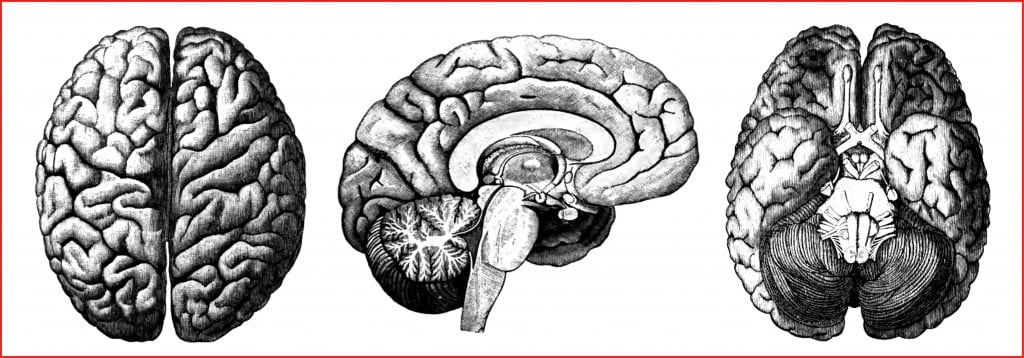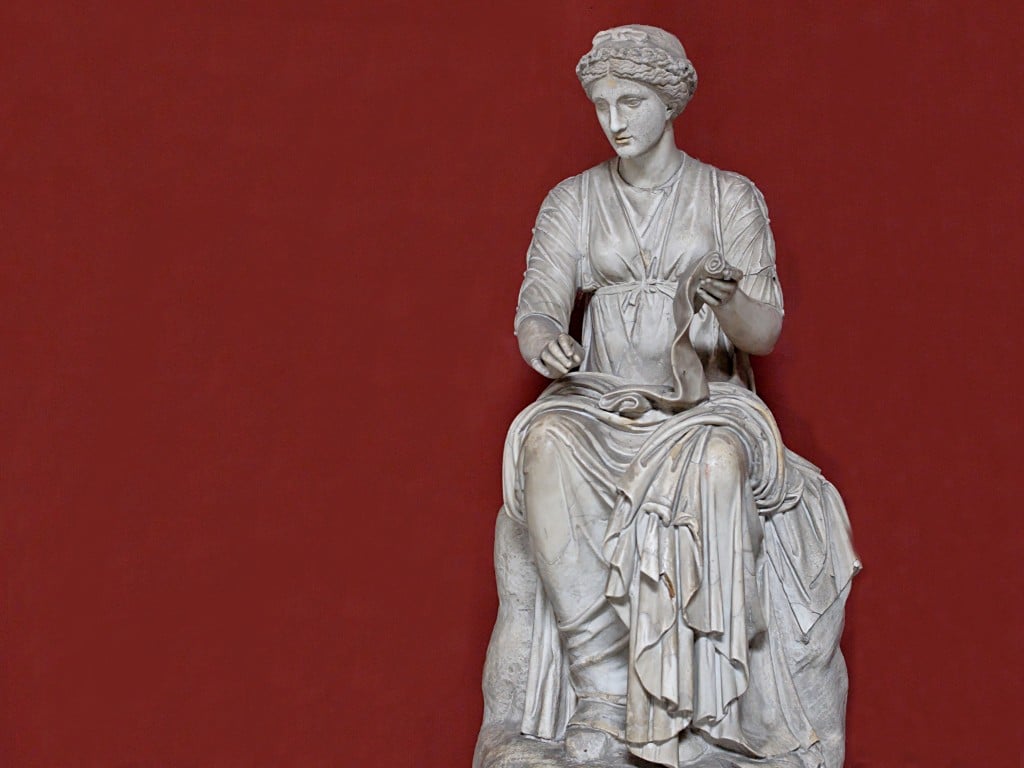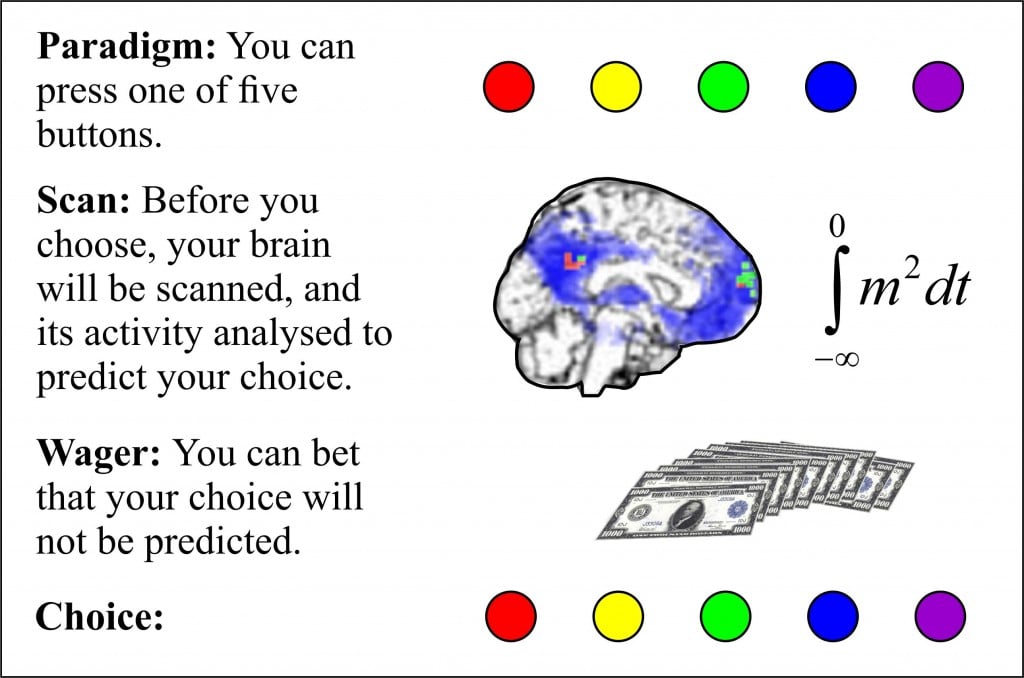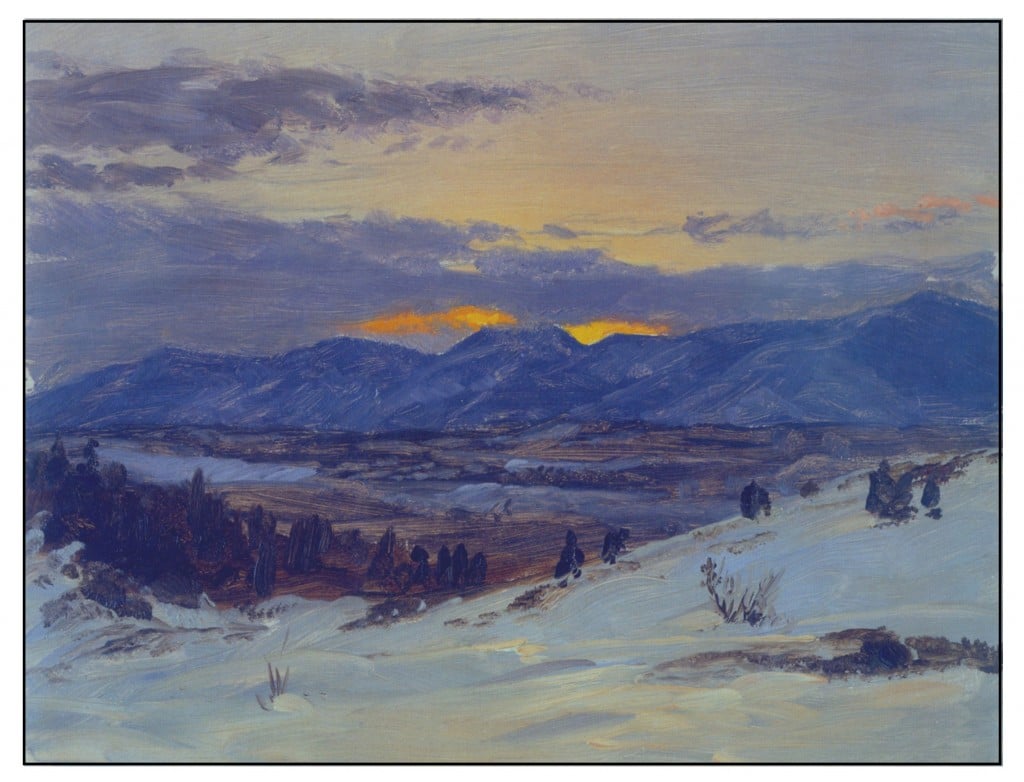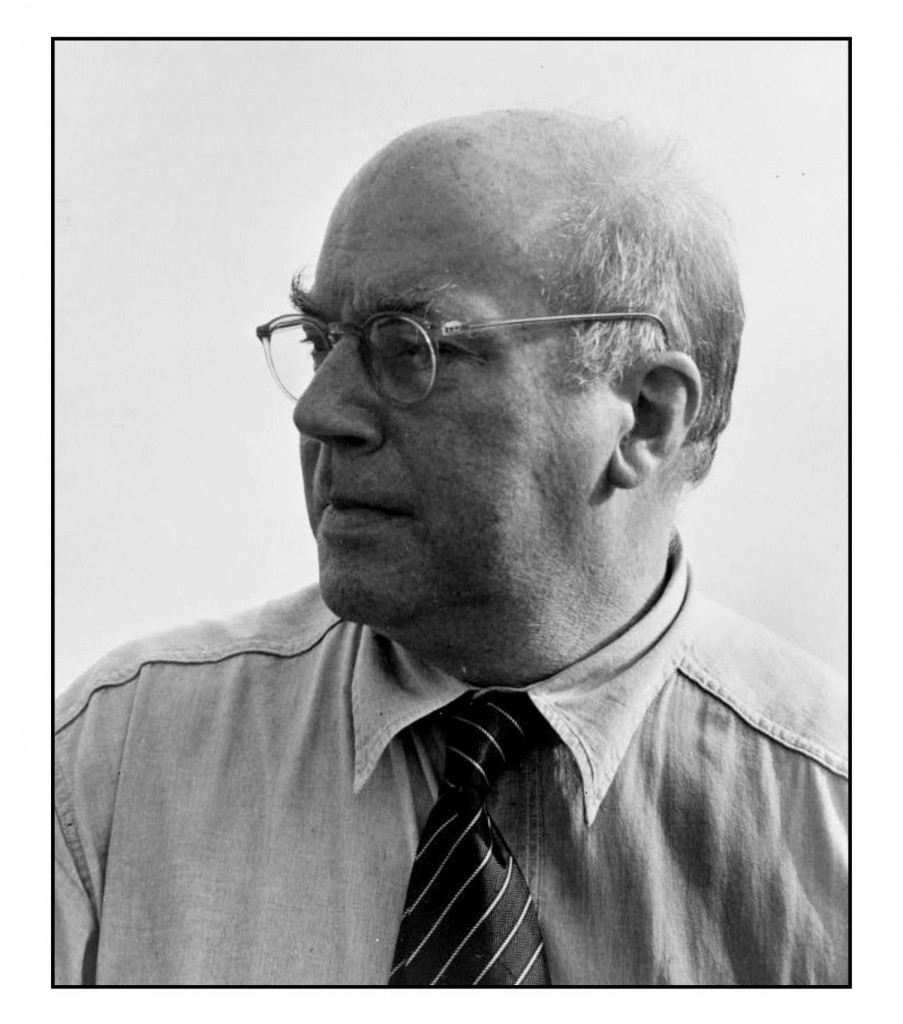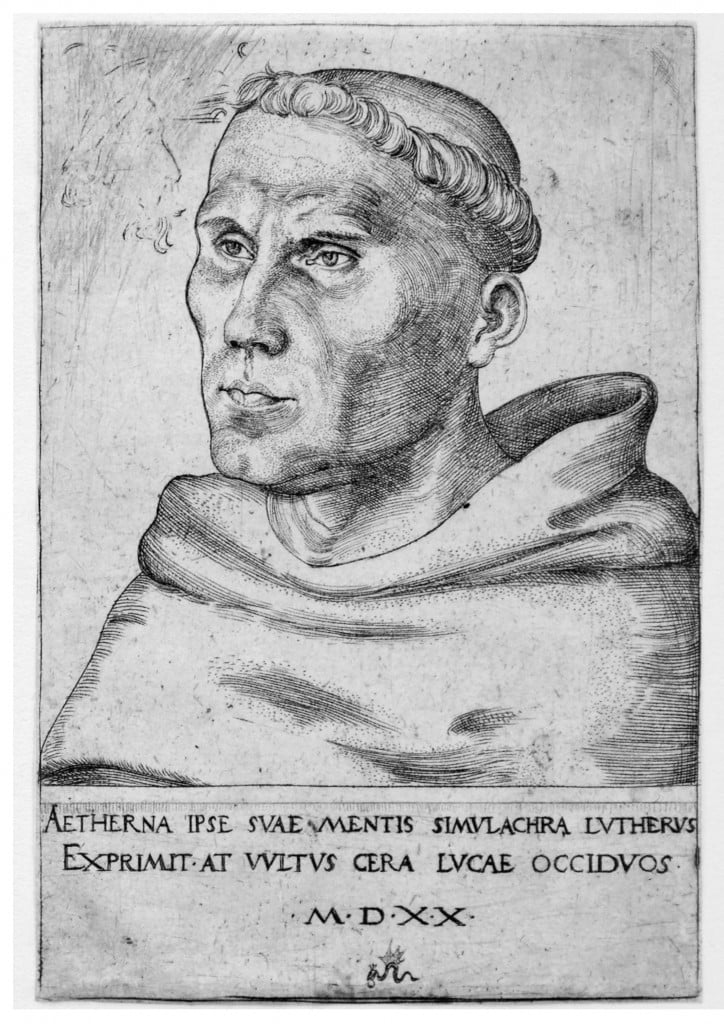Over the past two months I presented a course on the Human Brain to students in the LIFE (‘Learning is Forever’) Institute at Ryerson University in Toronto. The course was designed for the senior layperson. It introduced the basic anatomy and physiology of the nervous system, and described the various disorders that can affect the elderly human brain.
The course was given at a second-year university level. Some of the material may have been more than the students needed to know, but most were able to follow the main points of the talks, and some were fascinated by the details.
The presentations were supplemented with extensive teaching materials – slides, notes, movies, etc. Many of the illustrations were adapted or created specifically for the course. I am now making these generally available through the page entitled Human Brain on my website.



